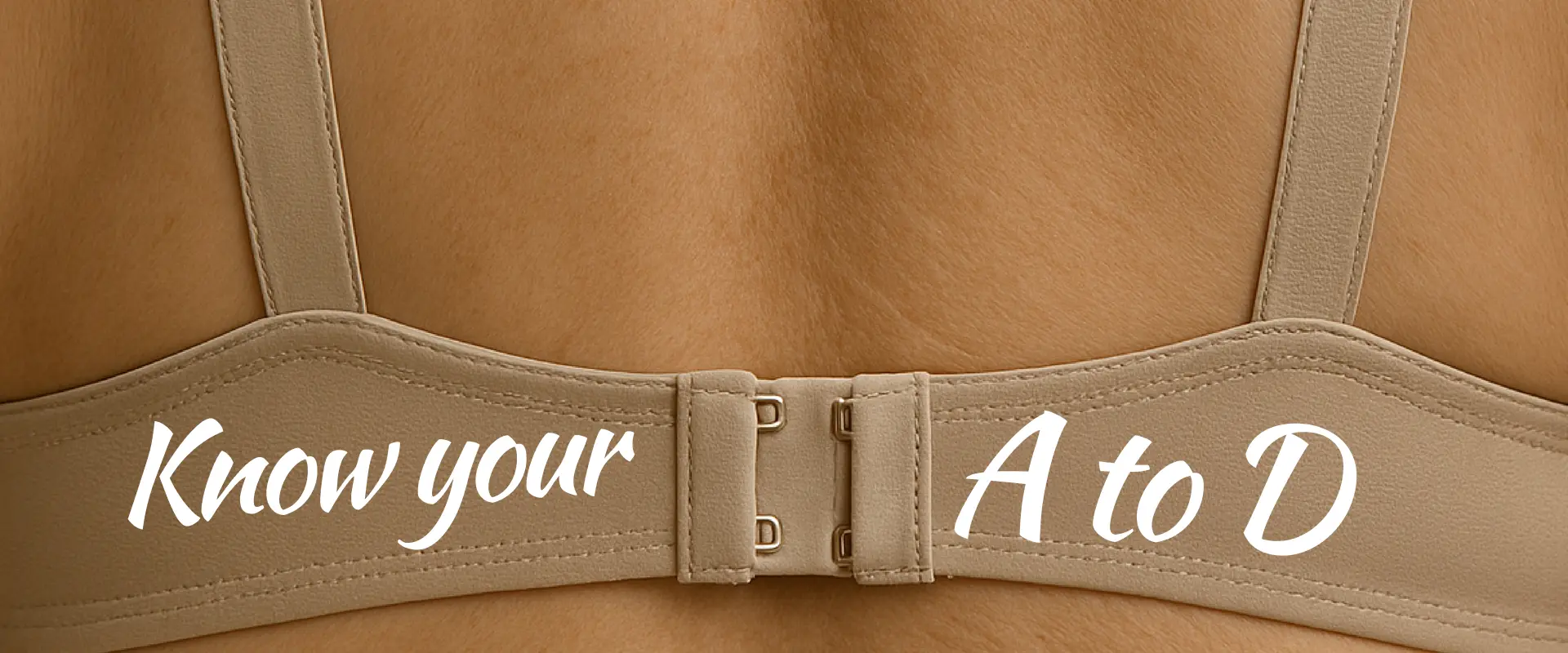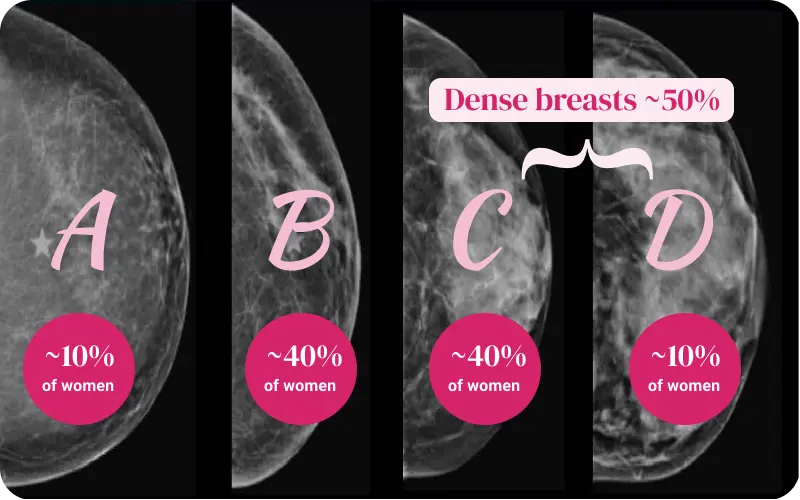Breast density

Knowing your breast density is an important step in protecting your breast health
Not many women know if they have dense breasts.1 It’s important to be well informed about breast density, so you can make choices about your breast health. Dense breasts can make it harder to detect breast cancer on a mammogram1,2 and higher breast density is associated with a higher risk of developing breast cancer.3,4



Breast density: know yours, know what's best for you

Breast density categories
Breast density is how much dense tissue shows on your mammogram.1,4 The Breast Imaging Reporting Data System (BI-RADS) is a classification system used to describe breast density.4 It is reported in four categories (A–D), from mostly fatty to extremely dense.4
Dense breasts (C–D) are common and normal,4 but can make it harder to see cancer on a mammogram.2,4
Your GP can provide you with more information about your breast density, and can advise if further screening is right for you. Learn what each category means and your next steps.
Get the support you need
Dense breasts are common,4 and while almost 1 in 2 women have ‘dense breasts’,5 it may not be something that is commonly discussed when it comes to breast health or breast cancer risk.
Understanding what breast density is – and knowing your own – can provide valuable insights for your breast health and help inform discussions about breast cancer risk.
GPs play an important role in helping women understand breast density and supporting informed decisions about screening.

Why does breast density matter?
The higher the level of breast density the harder it can be to detect breast cancer on a mammogram.